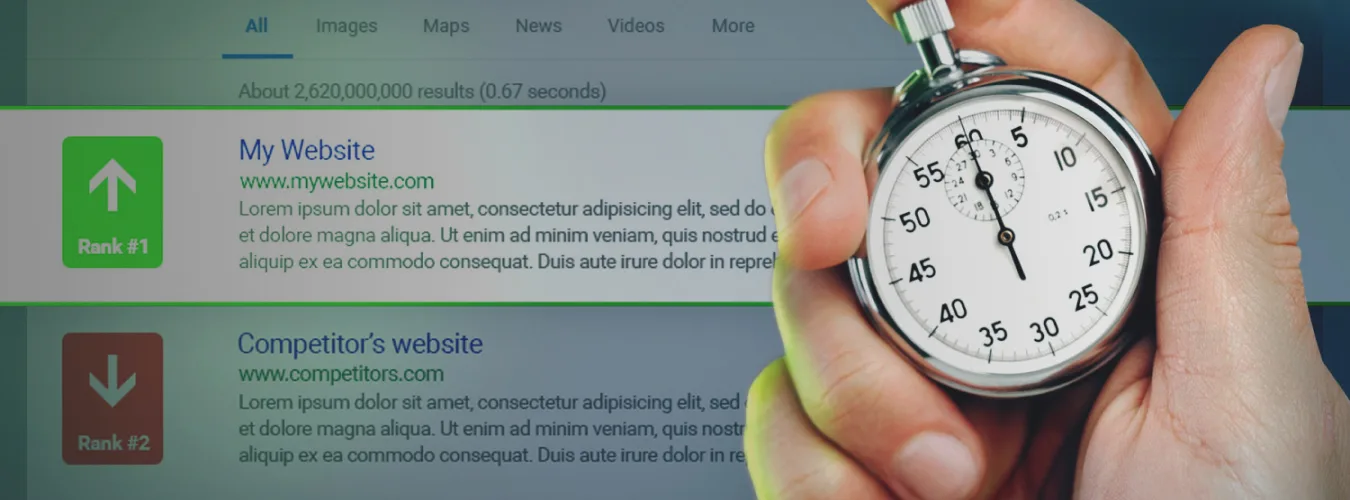Ever wondered why some content pops up at the very top of Google when you search? That neat little box at the top, the one that gives you the perfect answer—is an AI overview. It is a feature designed to give you the best answer in a flash. Feels pretty convenient, right? But here’s the thing: Someone’s content earned that spot.
If you’re thinking, “How do I get my content to show up there?” you’re in the right place. This guide isn’t just about SEO success, it’s about giving you real, actionable steps to make your content shine. No stories. No big words. Just simple advice that works.
Ready to get started?

What Is AI Overview? and Why Should You Care?
Let’s say you type a question like “How to bake the perfect pizza” into Google, and BOOM! A short, clear answer appears at the top. That’s an AI overview. It’s a feature designed to save time, answer questions, and make searching easier. It is basically the VIP section of the search engine result page.
Why Does It Matter?
-
Visibility: Being featured means millions of eyes on your content, instantly.
-
Traffic: AI overviews bring more clicks than regular search results.
-
Authority: If Google trusts you enough to showcase your content, so will your audience.
For businesses, bloggers, and content creators, this isn’t just about showing off. It’s about positioning yourself as the ultimate expert in your field. The competition for these spots is fierce. But with the right tactics (like the ones you’re about to learn), you can absolutely claim that top place.
Keyword Research: Know What Your Audience Is Searching For
Here’s a truth bomb: You can’t rank for AI overviews if you don’t understand your audience. Imagine trying to answer a question you’ve never heard before. Tough, right? That’s why step one is figuring out exactly what people are asking.
How to Find the Right Keywords?
-
Google Autocomplete: Start typing a question related to your topic in Google, and watch what pops up. These suggestions are real searches people are making.
-
Google Keyword Planner: Here comes the OG. This tool is a great tool for uncovering questions, keywords, and phrases people are searching for.
-
Competitor Analysis: Check what questions your competitors are answering. If they’re ranking, there’s a reason.
-
Forums and Social Media: Platforms like Reddit, Quora, and Facebook groups can give you direct insights into what your audience wants to know.
Don’t just focus on broad topics. Long-tail keywords like “How to rank on AI overviews for a small business website” are less competitive and highly targeted.
Write Like You’re Talking to a Friend
When it comes to AI overviews, fancy words take you absolutely nowhere. People (and AI) prefer simple, straightforward answers.People don’t want to read dreamy stories. They want value- rich content that would help them. And, AI gets it.
How to Keep It Simple?
-
Use short sentences.
-
Avoid big words when smaller ones work just fine.
-
Explain concepts like you’re talking to a 10-year-old.
Example:
Instead of: “Search engine algorithms analyze metadata to determine ranking eligibility.”
Say: “Search engines look at key details to decide if your content deserves the top spot.”
The goal? Make your content so easy to read that anyone can understand it.
Organize Your Content Like a Pro
AI loves structure. Why? Because it makes your content easier to read, both for humans and algorithms.
How to Structure for Better Rankings?
-
Headings and Subheadings: Break your content into clear sections using H1, H2, and H3 tags.
-
Bullet Points and Lists: Highlight key takeaways in a skimmable format.
-
Tables and Charts: Summarize data visually for better engagement.
-
Short Paragraphs: Aim for 2–3 sentences per paragraph.
When AI scans your page, it’s looking for logical organization. The better your structure, the higher your chances of being featured.
Answer Questions Directly and Clearly
Here’s the secret to AI overviews: They focus on clarity. If someone asks, “What’s the best way to rank on AI overviews?” Your job is to answer that question immediately, not to write a whole story around it.
Example:
Question: How can I optimize my content for AI overviews?
Answer: Focus on writing concise, direct answers to common questions, and format your content with headings, bullet points, and clear visuals.
Use FAQs at the end of your blog to answer additional questions readers might have.
Use Visuals That Add Value
A picture is worth a thousand words, and on the internet, it’s worth even more clicks. Obviously people pay more attention to images than plain boring long texts. Adding visuals not only enhances your content but also increases its chances of being featured.
Best Practices for Visuals:
-
Use custom graphics instead of generic stock photos.
-
Add charts or infographics to simplify complex data.
-
Optimize all images with descriptive alt text for SEO.
Google loves video content. Embedding a short, relevant video in your article can skyrocket engagement.
Build Authority with Real-Life Examples
Let’s be real—nobody likes generic advice that sounds like it came from a textbook. Real stories? Those work for you. Sharing real-world examples shows that your advice isn’t just theoretical. It’s been tested, proven, and actually works. Sharing relatable examples builds trust and makes your content feel human.
Practical Ways to Use Real-Life Examples
-
Showcase Everyday Scenarios: Relate your content to your audience’s daily challenges. Put the problem first, validate it and then provide the perfect valuable and helpful solution- easy.
-
Use Industry Trends: Look at what’s happening in your field and tie it to your topic.
-
Highlight Common Pain Points: Speak to the struggles your audience faces. For example: “We’ve all Googled something and clicked through five articles, only to realize none of them really answer the question. Don’t let your content be one of those articles. Instead, make it the one people stop scrolling for.”
Tips for Adding Authority Without Overloading on Stories
-
Include Statistics: Numbers don’t lie. Mention data that backs up your advice.
-
Leverage Credible Sources: Link to respected websites, studies, or thought leaders in your field.
-
Share Lessons, Not Just Wins: It’s okay to mention challenges or failures if they add value.
Keep Your Content Fresh
AI loves fresh content. If your blog hasn’t been updated in years, it’s very unlikely to rank. Make updating your content a regular part of your strategy. Nobody wants to read stories around things that have already happened years back, especially in tech. So, make sure that you are updated with the things happening around.
How to Stay Fresh?
-
Update statistics and data regularly.
-
Add new examples, case studies, or trends.
-
Refresh old with current SEO practices.
Promote Your Content Aggressively
We all know that even the most amazing blog post won’t rank if nobody knows it exists. Forget AI. Promotion of your content is really important. It is your invitation, and it’s just as important as creating the content itself. But don’t worry! Promoting your blog doesn’t mean spamming people or feeling awkward about sharing it. With a simple, strategic approach, you can spread the word, get more eyes on your blog, and increase your chances of getting featured in those AI overviews.
Easy Promotion Tips:
-
Start with Social Media: It’s the world of social media and we are just living in it. These platforms are your best friend for spreading the word. You don’t need to overthink it—keep it simple and personal.
-
Use Visual Content: People love visuals, and they’re more likely to share them. Create a quick infographic summarizing your blog and post it on Pinterest or Instagram. Make a short video highlighting the main points and share it on TikTok, YouTube, or Reels.
-
Join the Right Communities: Forums and niche groups are great places to promote your content—if done tactfully.Answer questions on platforms like Reddit or Quora and link to your blog for more detailed insights.
-
Run Paid Ads (Optional): If you have the budget, a small investment in Google or social media ads can give your blog a major traffic boost.
Feeling overwhelmed by all the steps? That’s where Raindrops Infotech comes in. From creating SEO-friendly content to optimizing it for AI overviews, they’ve got the expertise to make your content shine. With proven strategies and real-world results, Raindrops Infotech helps businesses like yours stay ahead in the competitive digital world.
Ranking on AI overviews isn’t about tricks or shortcuts. It’s about giving people what they’re searching for in the simplest, most helpful way possible. By following the steps in this guide, you’ll not only improve your chances of being featured but also create content your readers genuinely love.
So, what’s stopping you? Start applying these tips today, and who knows? The next time someone searches for your topic, it might be your content sitting proudly at the top. Don’t wait. Start applying these strategies today and take your content to the next level.
Your competitors are already working on it. Don’t let them take your spot. Go make it happen.







